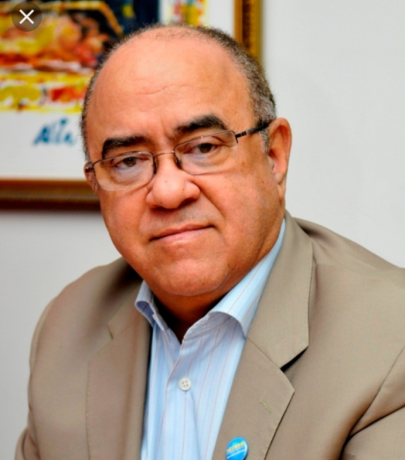The implementation of a plan to reach 10 million tourists in 10 years, as proposed by President-elect Danilo Medina, is undoubtedly an attractive idea to boost the country’s economic growth, but it would be interesting to analyze whether it is an achievable goal and what are the main challenges for the implementation of a viable strategy.
The president of the Caribbean Hotel and Tourism Association (CHTA), Enrique De Marchena Kaluche, considers that it is an ambitious commitment, but possible as long as conditions are created to promote a new wave of investments in the sector.
The expert points out that in the 1995-2005 period, which he qualifies as the glory years of Dominican tourism development, there was an increase of 1,600,000 in the number of tourists visiting the country, going from 1.4 million visitors to more than three million in ten years; and tourism revenues went from US$1.57 billion to US$3.5 billion, for a growth of more than US$1.9 billion.
He explained that if one takes into account the growth of the three indicators of tourism performance, which was 83% in the number of rooms, 110% in the number of visitors, and 124% in foreign exchange earnings, and applies it to the figures registered in 2011 for an equal period of eleven years, rooms would increase from 69,000 to more than 126,000, visitors from 4.3 million to 9 million and projected earnings would go from US$4,352 million to US$9,750 million. This comparison suggests that if the achievements of the 1995-2005 period are repeated for the years 2013 to 2022, the country would be very close to achieving the desired goal of 10 million tourists after 10 years, says De Marchena Kaluche. For the creation of a ten-year tourism development plan, the hotel businessman suggests implementing some of the measures that guaranteed the growth of the sector in that period, such as the establishment of a real exchange rate, boosting foreign investment, the gradual increase of the country’s international promotion budget, the creation of a new generation of hotels and the diversification of the issuing markets. “The international situation has impacted the Dominican Republic and the national tourism sector.
The new government must give clear and convincing signals of its desire to promote national tourism development, creating an adequate climate for investment, strengthening legal security and providing the country with a credible and achievable development program for the sector”, he emphasized. He pointed out that in order to achieve the desired goal, it is necessary to revise the land-use plan, while establishing priorities for a program of construction and remodeling of public infrastructure in tourist areas. “We cannot think that we will bring 10 million visitors to confine them in hotels and resorts. We have to open the doors of the country to them,” said De Marchena Kaluche.
The director of the Association of Hotels and Tourism (Asonahores) for the northern zone, Máximo Iglesias, said that it is necessary to complete the roads linking Puerto Plata with Navarrete and Punta Rucia, which could even be extended to Montecristi along the coast, and the repair of the Puerto Plata-Santiago tourist road. He also pointed out the need to move the landfill at the entrance of the city to a more suitable location. Meanwhile, Juan Bancalari, a tourism entrepreneur of Samaná, said that this destination has the capacity, in terms of infrastructure, to accommodate more than double the flow of tourists it currently receives. He said that the major requirement is a specific promotion and improvement of the urban environment. He suggests relocating the families living along the roadsides. Bancalari informed that as of November 15, El Catey airport will receive the first commercial flights of Jet Blue Airlines from New York, with two flights per week.
De Marchena Kaluche said that one of the biggest obstacles to Dominican development is the lack of a reliable and reasonably priced electricity supply, which significantly impacts the hotel sector. He also pointed out that a ten-year tourism development plan must have policies that balance the proposal for tourism development with environmental policies, and achieve the integration of the communities to the planning and benefits of tourism. NEEDS IN PUERTO PLATA AND SAMANÁEnrique De Marchena Kaluche highlighted that the price of jet fuel has created a major competitiveness problem for the Dominican Republic.”In March 2000 Jet Fuel was US$0.67 and today it costs US$3.23, which is, more than a 400% increase. Additionally, during this period, the increase in national taxes on jet fuel has been so disproportionate that planes have had to refuel in other destinations, causing the country to lose tax and foreign exchange income,” he said. The leader of the hotel sector emphasized that the ten-year goal will require a tripling of the transportation sector linked to tourism, which represents a demand of 2,000 additional buses; as well as a doubling of the capacity of the airports and a significant improvement of their facilities and equipment. He considers that Punta Cana Airport would require the construction of a third runway.
Source:


